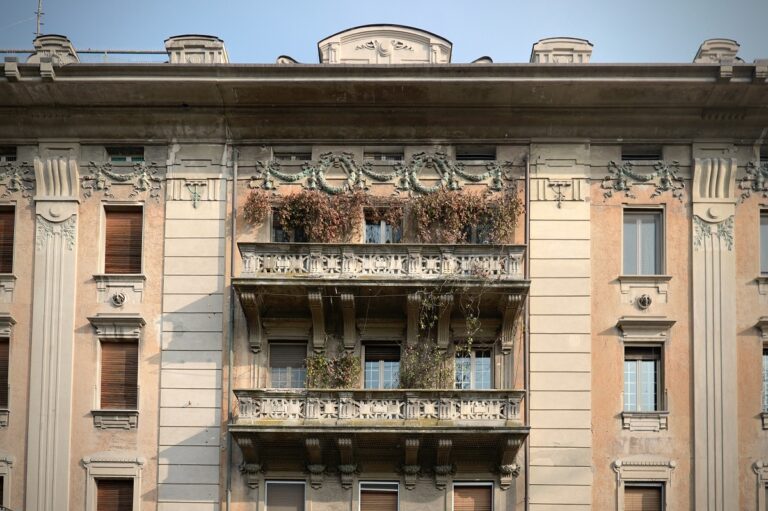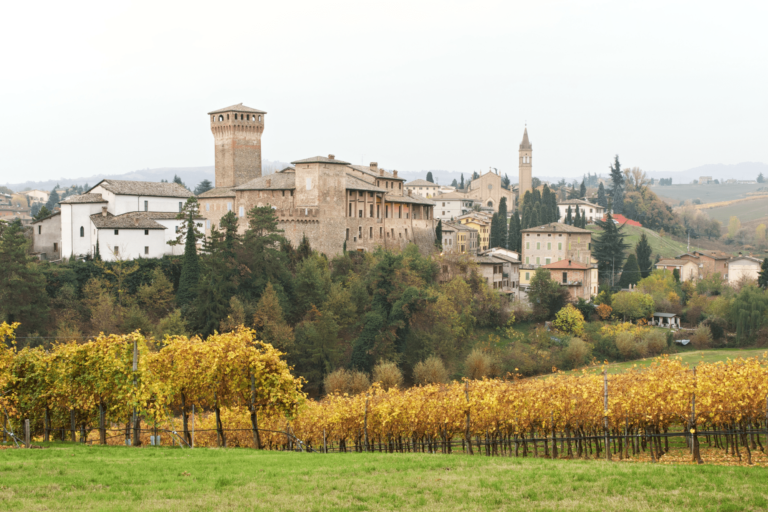Reggio Emilia is a city rich in art, history and culture, with several museums that are definitely worth a visit. Some of these museum spaces owe their success not only to their permanent collections, but also to the exceptional temporary exhibitions they host. We have selected five of them not to be missed. Let’s discover them together!
Tricolour Flag Museum
Reggio Emilia is renowned for being the birthplace of the Italian flag, the history of which is illustrated (in an innovative way) in the Tricolour Flag Museum. Set up inside the Palazzo del Comune, in the rooms adjacent to the historic Sala del Tricolore (where the banner that later became the national flag was adopted on 7 January 1797), it houses a large number of original documents and memorabilia, as well as an important nucleus of works from the ‘Ninety artists for one flag’ project. Ample space is also devoted to the history of Reggio Emilia’s political events, from the birth of the Reggiana Republic to the testimonies of the contribution made by the people of Reggio Emilia to the battles for national redemption.
Museum’s Palace
If we speak of museums in Reggio Emilia, we cannot fail to mention the Museum’s Palace, the headquarters of the Civic Museums. A former Franciscan convent, during the Napoleonic suppressions it was transformed into a barracks and stables for horses, then into the headquarters of educational institutions. It was not until 1830 that it was used as a museum building. It currently houses collections and collections relating to archaeology (Roman mosaics, Chierici Museum of Palethnology, Portico dei Marmi-Roman section, Regium Lepidi Museum), ethnography, art history (Marmi Gallery-Medieval section, Medieval mosaics), natural history (Spallanzani Museum, Zoological, Anatomical, Botanical, Geo-mineralogical and Palaeontological collections) and the history of the city.
Parmeggiani Gallery
Another museum not to be missed is the Parmeggiani Gallery, a unique example of a 19th-century house-museum. The building, in Gothic-Renaissance style, was built by the eclectic Luigi Parmeggiani between 1925 and 1928 (designed by Reggio Emilia engineer Ascanio Ferrari) to house his art collection. It brings together three different collections: the paintings, furniture and textiles belonging to the collection of the painter, collector and antiquarian Ignacio Leon y Escosura; the weapons and goldsmiths from the Parisian Marcy workshop; and the pictorial production of Cesare Detti. Among the most valuable works are: the Portrait of Prince Carlos of Bourbon by Herrera Barnuevo, the 16th century Triptych attributed to the Master of Bruges and the Blessing Saviour by El Greco.
Maramotti Collection
The Maramotti Collection is a private collection of contemporary art. Opened to the public in 2007, it is housed in the historical headquarters of the Max Mara fashion house. It comprises hundreds of works of art (mainly paintings but also sculptures and installations) created from 1945 to the present day, over two hundred of which are on permanent display, representing some of the main artistic trends of the second half of the 20th century. Among the artists included in the collection are the likes of Francis Bacon, Jean-Michel Basquiat, Alberto Burri, Nicola De Maria, Anselm Kiefer, Jannis Kounellis, Mimmo Paladino and Bill Viola, to name but a few. Interesting temporary exhibitions are dedicated to works not included in the permanent exhibition.
Museum of the Beata Vergine della Ghiara Sanctuary
The Museum of the Beata Vergine della Ghiara Sanctuary houses the liturgical objects and donations that have come to the temple over the centuries as a sign of devotion to the miraculous image of the Madonna. Established in 1982, it houses one of the most precious art collections in the city and bears witness to the strong bond that unites Reggio to the cult of the Virgin. Among the pieces on display are: the small painting depicting The Virgin in Adoration of the Child by Carlo Bononi, dating back to the 17th century; the six candlesticks, destined to decorate the altar of the Madonna on feast days, made by Gianfrancesco Frangi and Marco Marchi from Rome on commission by Duke Francesco I d’Este (1634); and the crown in silver, pearls and precious stones made in 1674 by the Reggio goldsmith Michele Augusta.
Featured photo © Sailko | Photo gallery © Turismo Reggio Emilia
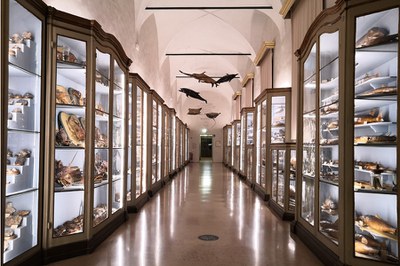
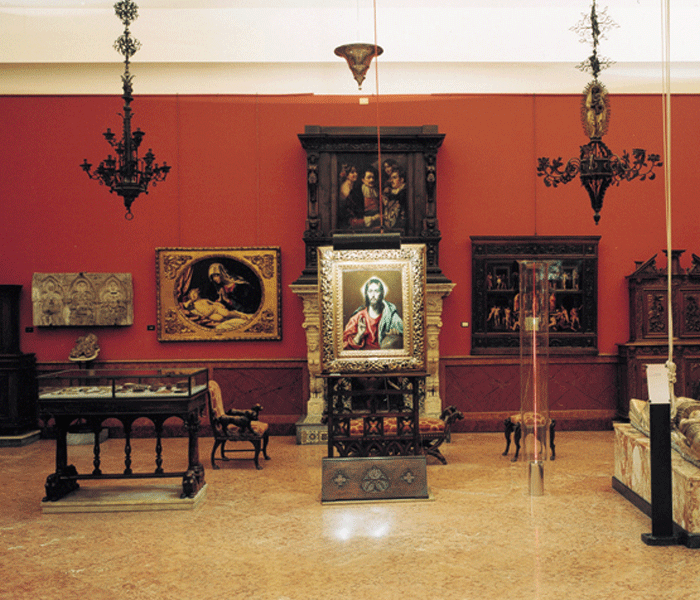

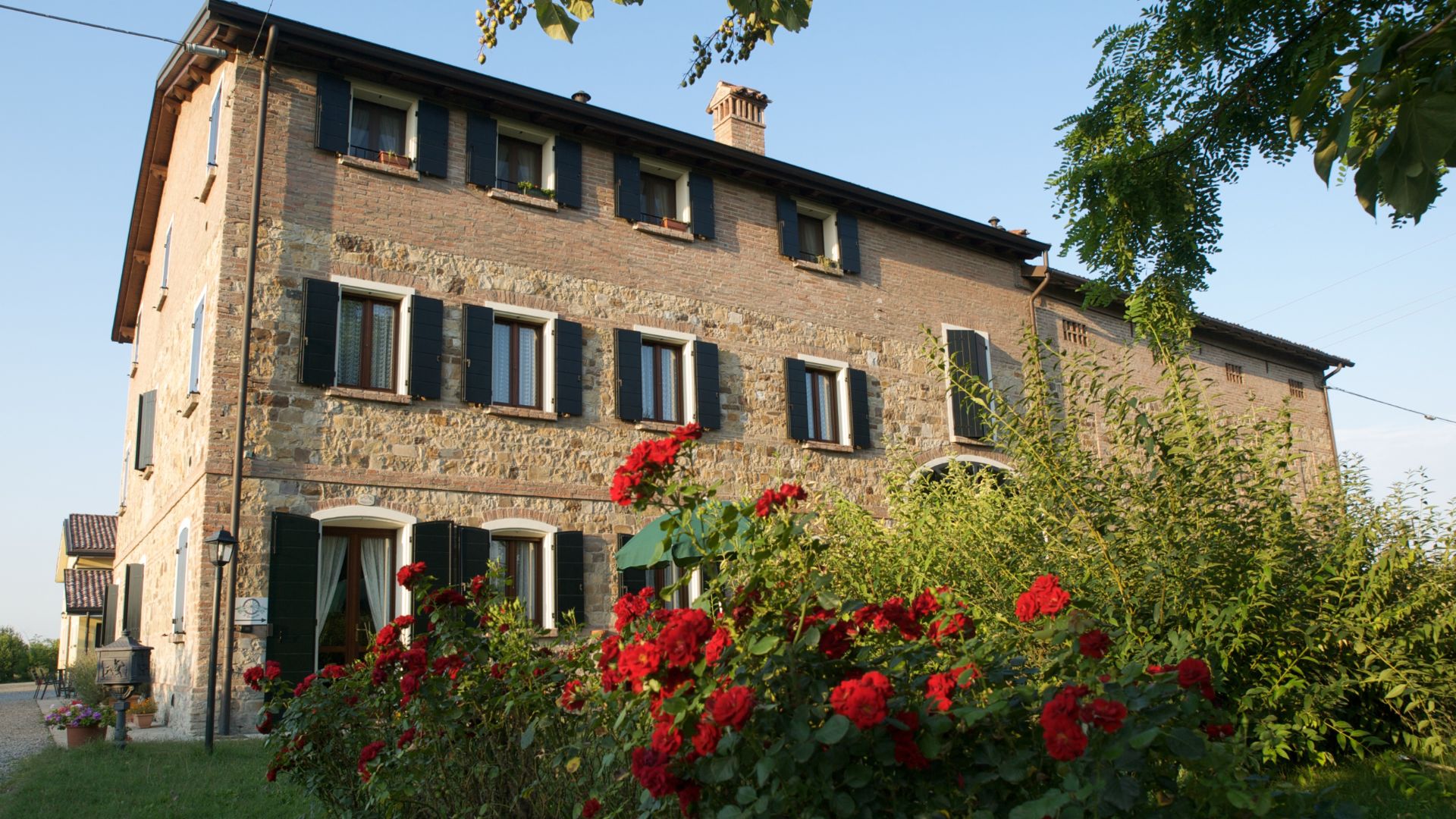
AGRITURISMO IL BRUGNOLO
Welcome to il Brugnolo
If you’re looking for completely independent apartments surrounded by greenery you really are in the right place here!
In fact, Brugnolo is immersed in the green nature of the Emilian countryside. For your relaxation, for that of your children, and again for the runs of your 4-legged friends, you will have 6000 square meters of park at your disposal!

